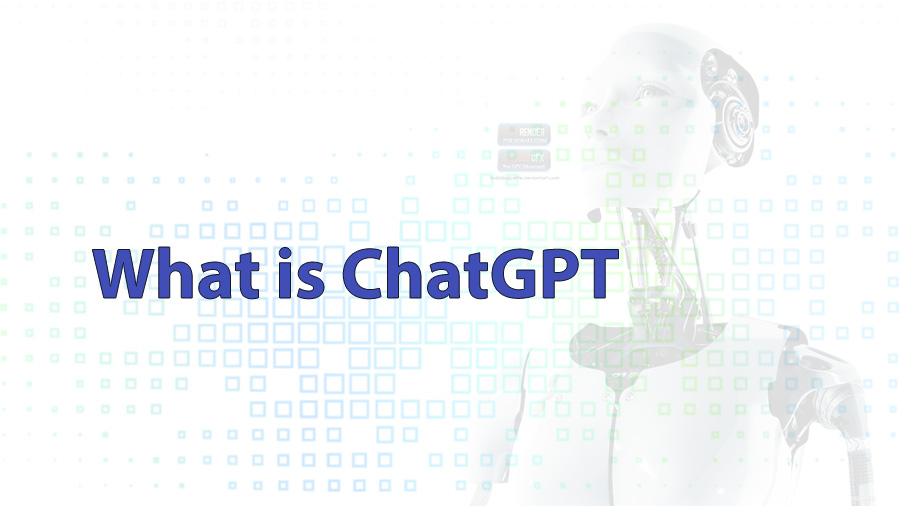ChatGPT stands out among AI breakthroughs. The OpenAI ChatGPT language model generates human-like text from input. This post describes ChatGPT, its technology, uses, and usage.
A lot of OpenAI’s NLP research developed ChatGPT. GPT-4 is the latest generative pre-trained transformer. ChatGPT simulates talks by generating coherent, contextually relevant text from user inputs. Through vast amounts of online text data, ChatGPT has learned to understand and produce human language.
Applications of ChatGPT
Support for Customers
ChatGPT is widely used in customer assistance. Businesses can enhance efficiency and response times by automating typical client requests. ChatGPT can answer questions about products and services and fix technical issues. This improves customer happiness and lets support professionals handle more difficult issues.
Content Creation
Content creators benefit from ChatGPT. It can help with articles, marketing material, and stories and poems. ChatGPT helps authors overcome writer’s block and create content faster by suggesting and creating words. Its adaptability to writing styles and tones makes it a flexible writing tool.
Education
ChatGPT tutors students by explaining, answering questions, and personalizing learning. Use ChatGPT to clarify questions, discover new topics, and get homework help. It helps learners of all ages by providing knowledge in a simple way.
Help with programming
ChatGPT helps developers with code snippets, explanations, and bug fixes. This can accelerate development and assist programmers overcome challenges. ChatGPT can help in formulating and debugging complex algorithms.
Entertainment
ChatGPT uses interactive storytelling, games, and casual talks to entertain users. Interactive experiences benefit from its imaginative and coherent storylines. ChatGPT can be used for text-based adventure games and role-playing.
How to Use ChatGPT?
Users can use ChatGPT using platforms that integrate OpenAI’s API, such as specialized apps, web interfaces, or custom implementations. To get an API key from OpenAI, users must register and subscribe to a plan that meets their needs. ChatGPT’s functionality and application customization depend on this first step.
Prompts for Crafting
The quality of ChatGPT responses depends on fast design. Clear, explicit prompts work best. Instead of “Tell me about space,” try “Explain the concept of black holes and their significance in astronomy.” Giving ChatGPT enough context in prompts, especially in multi-step interactions, ensures correct and appropriate responses. Changes in language and detail can improve prompts and output.
Making Use of Features
ChatGPT has several user-friendly features. Lower temperatures reduce response unpredictability, making output more deterministic. Users can also choose the maximum token count to keep responses short and manageable. Stop sequences can also be used to structure responses and prevent extended outputs by controlling where the model stops generating text.
Handling Limitations
Although powerful, ChatGPT has restrictions that users should be aware of. It may yield inaccurate or obsolete information, so verify crucial details from trusted sources. Users should also consider the model’s biases and utilize the technology ethically to avoid harm or deception. User responsibility and effectiveness with ChatGPT depend on understanding these limits.
Conclusion
ChatGPT advances artificial intelligence and natural language processing. Human-like text generation has several uses in customer assistance, content development, education, and entertainment. Users can maximize ChatGPT’s potential while recognizing its limitations by creating effective prompts and using its capabilities. ChatGPT shows how intelligent language models can change our lives as AI technology advances.

